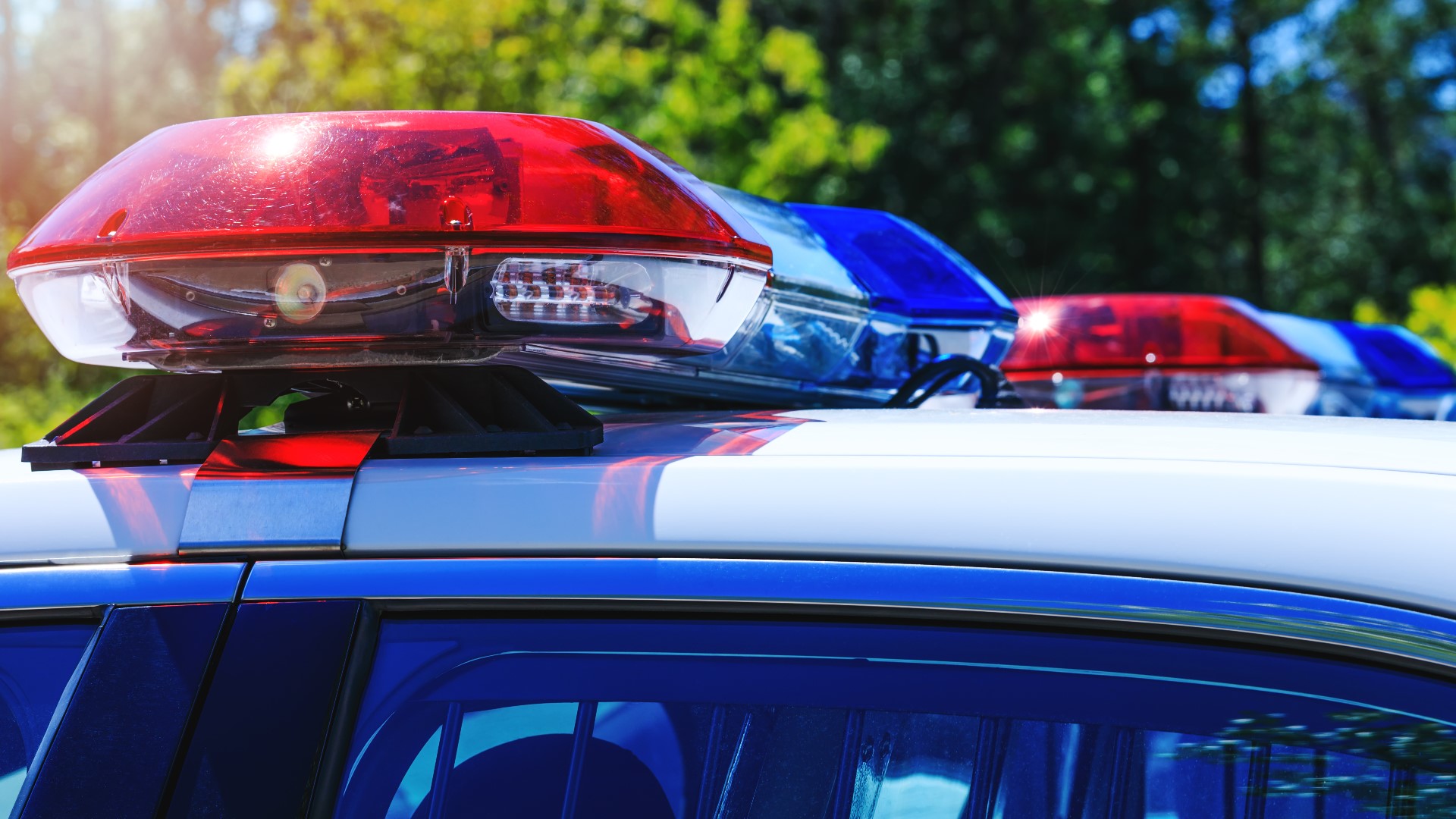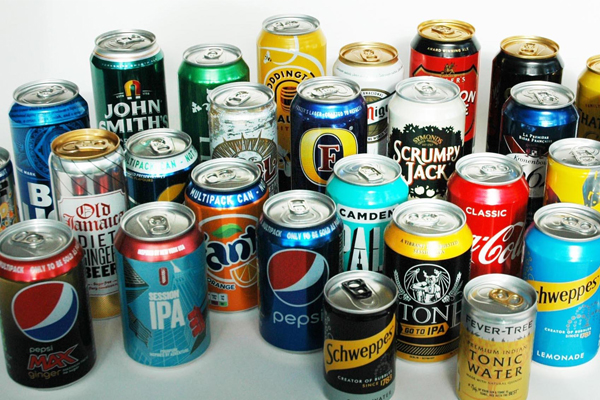Is Lysol Safe for Pets? Expert Guidance for a Clean, Pet-Friendly Home
Understanding the Risks: Lysol and Pet Safety
Keeping your home hygienic is a priority for every pet owner, but it’s crucial to balance cleanliness with the safety of your furry family members. Lysol is a well-known household disinfectant, but it contains active ingredients-such as benzalkonium chloride and phenol-that can be harmful to pets if ingested, inhaled, or if they come into contact with skin or eyes [1] [4] . Understanding these risks is the first step to using cleaning products responsibly in a pet-friendly environment.
How Lysol Ingredients Affect Pets
Lysol products commonly contain benzalkonium chloride -a quaternary ammonium compound-and phenol , both of which pose significant risks to animals, especially cats and dogs. Even small amounts can cause irritation or toxicity. For example, phenol is particularly dangerous for cats, who cannot metabolize it efficiently, potentially leading to liver failure [3] . Dogs may experience gastrointestinal upset, skin redness, or eye irritation if exposed to these chemicals [1] . In severe cases, ingestion can result in vomiting, diarrhea, lethargy, or even seizures [4] .
Manufacturer Guidance and Product Labeling
Lysol offers specialized products marketed as “Pet Solutions,” designed to address pet messes and odors. However, the manufacturer explicitly instructs that all animals should be removed from the area before cleaning , and only returned once the area is fully dry. This guidance is printed on packaging and reiterated in legal disclaimers for both their standard and pet-specific lines [2] [5] . The need for these precautions highlights that, while the products can be used in homes with pets, accidental exposure must be avoided.
Signs of Cleaning Product Toxicity in Pets
Recognizing the symptoms of cleaning product exposure is essential for early intervention. Pets exposed to Lysol or similar disinfectants may exhibit:
- Drooling, vomiting, or pawing at the mouth when ingested
- Redness, sores, or blisters following skin contact
- Sneezing, coughing, or difficulty breathing after inhalation
- Lethargy, loss of appetite, or disorientation in more severe cases
If you observe any of these signs, especially after cleaning, contact a veterinarian immediately. The ASPCA Animal Poison Control Center can also provide urgent advice-search for their official contact information if needed [4] .
Practical Steps: Using Lysol Safely Around Pets
To minimize risks while maintaining a clean home, follow these best practices:
- Remove all pets from the area before cleaning. Secure them in another room or outside until the cleaning is complete and all surfaces are dry [2] [5] .
- Read product labels carefully. Look for warnings and follow all manufacturer instructions, especially regarding pet safety.
- Allow surfaces to dry completely. Pets should not be allowed on freshly cleaned or sprayed areas until all product has dried and the area is ventilated.
- Store cleaning products securely. Keep all disinfectants out of reach of curious animals to prevent accidental ingestion.
- Rinse food contact surfaces and pet toys. After using disinfectants, rinse any bowls, toys, or surfaces your pet may lick with potable water, as directed by the manufacturer [5] .
- Use pet-specific cleaning products when possible. While even these require caution, they are formulated to be less hazardous when used according to directions [2] .
Pet-Safe Cleaning Alternatives
If you are concerned about accidental exposure, consider alternatives that have been deemed safer for pets. For example, hydrogen peroxide can disinfect hard surfaces and is generally less toxic than phenol-based products, though it still should not be ingested or applied to your pet directly [3] . Always test new cleaning methods in a small area and keep pets away until surfaces are dry.
Some pet owners use mild, unscented dish soap and water for everyday cleaning. However, for disinfection, consult your veterinarian or seek products labeled “pet-safe.” You may also search the U.S. Environmental Protection Agency (EPA) website for a list of disinfectants and check if they indicate pet safety. If unsure, ask your vet for recommendations tailored to your specific pet species and household needs.
Handling Accidents and Exposures
If your pet comes into contact with a cleaning product like Lysol, immediate action is crucial. For skin exposure, rinse the affected area thoroughly with lukewarm water. If the product was ingested, do not induce vomiting unless instructed by a veterinarian. Seek veterinary care promptly, and if possible, bring the product label with you to assist in treatment. The ASPCA Animal Poison Control Center and local emergency veterinary clinics are vital resources in emergencies-search for their contact numbers and keep them handy for quick access.
Maintaining Cleanliness Without Compromising Pet Health
It is possible to maintain a sanitary home environment without putting your pets at risk. Here are some strategies:
- Establish a routine cleaning schedule to prevent the buildup of bacteria and viruses, reducing the need for frequent use of harsh chemicals.
- Spot-clean pet messes with mild soap and water before resorting to disinfectants.
- Ventilate the house during and after cleaning to minimize airborne chemical exposure.
- Educate family members about safe cleaning habits and ensure everyone follows the same protocols for pet safety.
Balancing cleanliness and pet safety may require a little extra planning, but the result is a home that is safe and comfortable for every member of your family.

Source: walmart.com
Seeking More Information and Official Guidance
If you are ever in doubt about the safety of a cleaning product, consult your veterinarian or search for information from reputable organizations such as the American Veterinary Medical Association (AVMA) or the ASPCA . You can also check product safety data sheets on the manufacturer’s official website or contact customer service for specific guidance on safe use around pets.
For ongoing updates on pet-safe cleaning practices, consider subscribing to newsletters from trusted pet health organizations or following their official social media channels. When searching online, use terms like “pet-safe disinfectants,” “household cleaners safe for pets,” or “ASPCA cleaning recommendations.”
Key Takeaways
Lysol and similar disinfectants can be used in homes with pets, but only with careful precautions. Always remove pets from cleaning areas, follow manufacturer instructions, and use alternatives when possible. In case of accidental exposure, seek veterinary help immediately. By staying informed and vigilant, you can enjoy a clean, healthy home without compromising your pets’ well-being.

Source: walmart.com
References
- [1] Dogster (2025). Is Lysol Safe to Use Around Dogs? Vet-Approved Facts & Guidance.
- [2] Lysol (2025). Pet Solutions Product Line and Safety Information.
- [3] Tampa Veterinary Hospital (2020). Pet-safe Coronavirus Cleaners.
- [4] PetMD (2023). Common Cleaning Products That Can Harm Your Pets.
- [5] Lysol (2025). LYSOL® Pet Odor Eliminator 15oz Product Page & Safety Guidance.



